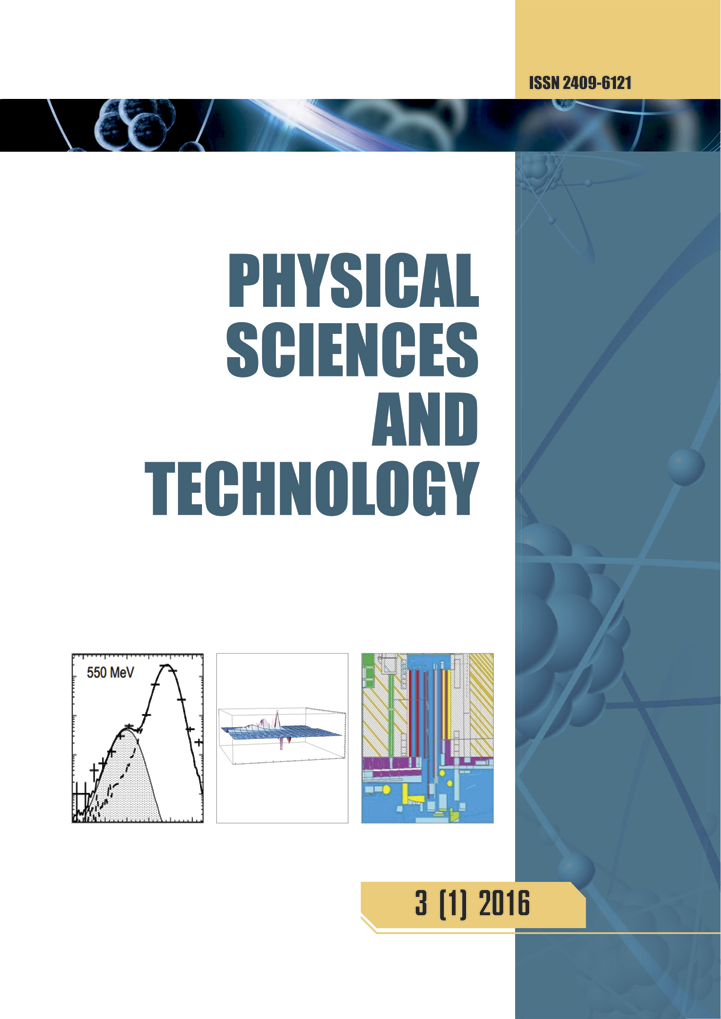Development of biocompatible coatings for orthopedic joint implants
DOI:
https://doi.org/10.26577/phst20251218Abstract
This article presents both theoretical and experimental approaches to the development of biocompatible coatings based on hydroxyapatite modified with titanium dioxide for orthopedic implants made from Ti 13Nb-13Zr titanium alloy. The primary objective was to enhance the adhesion, mechanical strength and antibacterial properties of the coatings by employing a combined technique: micro-arc oxidation followed by gas-thermal spraying. The influence of electrolyte composition and micro-arc oxidation parameters on the coating’s morphology, surface roughness and adhesion strength were systematically investigated. The highest values of hardness and adhesion were achieved using electrolyte containing Na₂SiO₃, NaOH and Na₂S₂O₃ in conjunction with detonation sputtering method. Morphological and elemental analyses confirmed the density, uniform elemental distribution and minimal porosity of these coatings. Mechanical stability was verified through Rockwell B scale and Martens tests. The proposed dual-step surface treat ment strategy offers a promising route for tailoring implant surfaces with multifunctional properties. The obtained results demonstrate that the proposed method can significantly improve the durability and perfor mance of orthopedic implants by producing biocompatible, corrosion-resistant, and mechanically robust coatings.
Key words: Biocompatible coatings, micro-arc oxidation, surface modification, mechanical properties, surface roughness, coating adhesion.




